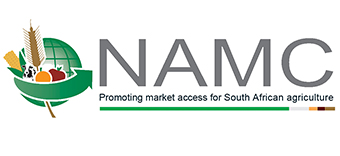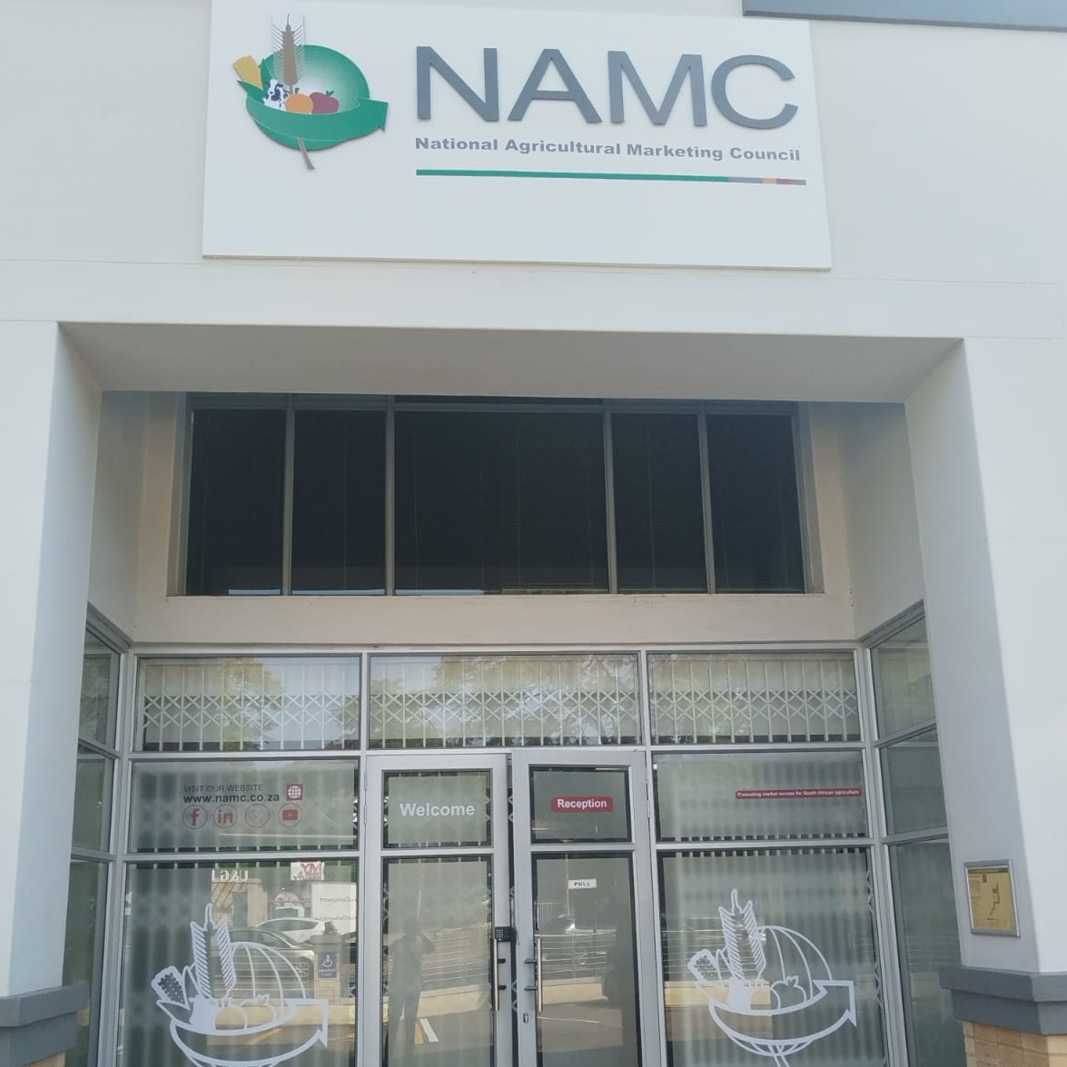No more AGOA for South Africa: How did we use the preferential treatment
by Dr. Moses Lubing
The Trump administration updated the list of developing countries benefiting from the trade remedy laws of the United States of America (USA). South Africa, China and India, among other countries were scrapped off the exemption list. This implies that South Africa shall no longer benefit from the special preferential treatment, that is, – the African Trade and Opportunities Act (AGOA) and the Generalized System of Preferences (GSP). This is not good news for South Africa, given the negative implications of seizing to benefit from AGOA and GSP, especially in terms of the number of products accessing the USA duty free. This implies that South Africa’s exports into the USA will be subjected to the general duty as any other product from other countries, hence the likelihood of facing stiffer competition.
The USA is a key export market, worth over R 84.2 billion of South Africa’s products – both agricultural and non-agricultural. Given that South Africa is no longer a beneficiary of AGOA and GSP, it is imperative to understand how South Africa has been utilizing the preferential treatment, particularly for agricultural products. Simply put, the objective is to measure the extent to which a South Africa has been using the forfeited preference(s) when exporting agricultural products to the USA. This is a direct indication of the negative implications on South Africa’s agricultural sector as a result of the new decision by Trump’s administration.
South Africa’s agricultural exports into the USA were worth US$ 297.2 million and US$ 318.4 in 2018 and 2019, respectively; implying that there was a slight increase during in 2019. Analysing the trade data between South Africa and USA, it is evident that South Africa’s utilisation of preferential benefits under AGOA was 85% in 2018 which is slightly better than the 84% recorded in 2019. One hundred and four (104) tariff lines were eligible for AGOA regime but some tariff lines did not use the preferential regime. For instance, “Juice of any single fruit or vegetable, (hs 2009 89)”. Some of that juice (worth US$ 120 898) was imported under the GSP regime while a greater portion valued at over 8 folds as much as that imported under the GSP neither claimed AGOA nor GSP in 2019. It is probable that exporters may not be aware of this preferential treatment, hence do not claim it.
For the GSP regime, only 7% of the GSP regime was utilised during each year. Sixty-one (61) tariff lines were eligible and on average, 83% of the tariff lines utilised the regime during the two years. About 10 tariff lines did not use the regime during each year despite the fact that they were eligible. For instance, Tea or Mate extracts (hs 210120) was eligible for both regimes but tea worth US$ 2161 was not imported under any of the regimes. At product level, macadamia nuts, wine of fresh grapes and oranges were the top 3 agricultural products exported in that order under AGOA while sauces and preparations (hs 210390), vegetable seeds for sowing (hs 120991) and mixtures of two or more spices (hs 091091) were the top 3 products exported under the GSP. South Africa’s top three agricultural exports that neither claimed AGOA nor GSP preferential treatment were peaches, macadamia nuts and Nuts (other than peanuts (ground-nuts).
However, given the overlapping nature of the AGOA and GSP regimes, coupled with the fact that an exporter is at liberty to choose the most preferred regime, an overall utilization rate was also computed and found to be 92%. The high utilization rate may be associated with South Africa’s primary nature of agricultural products destined for the USA. A larger proportion of the products is not highly processed, implying that the costly and tedious process of meeting the strict rules of origin which are emphasised by the preferential regimes may not necessarily be a deterrent factor for South Africa’s agricultural products to gain access into the USA market. In conclusion, South Africa has been making a good use of the preferential regimes, most especially AGOA. Therefore, given that South Africa is no longer eligible for this special treatment, the agricultural sector will lose from the few but rewarding tariff lines that have been benefiting from the preferential regimes.


